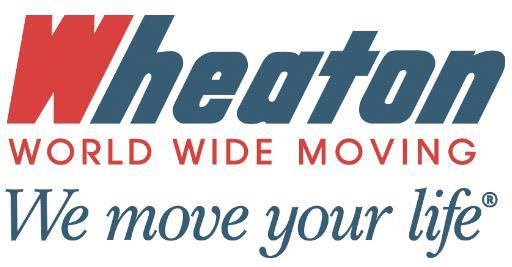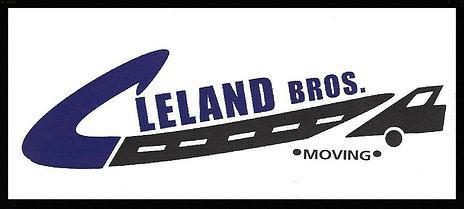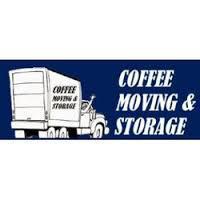Ohio Movers Top Rated
(888) 787-7813310 Movers in Ohio
Page 1/21
Top Movers Ohio Offers
When you're searching for the best priced Ohio movers, it can feel confusing to know where to begin. This is where Moving Authority comes in. We are here to offer more than just moving tips; we have interstate city moving reviews available to help you make the best possible decision. Finding a state to state moving company from our list of Ohio interstate movers is easy as pie. What if you're not looking for a
By reading Ohio moving company reviews, you are finding out a lot of useful information. You can compare services for Ohio long distance movers, local movers, and self-service movers. You may want the best car transport in Ohio, so you need an American moving company that will offer more than an affordable moving cost estimate. Relocating means more than paying someone to move your furniture. Make sure you are an informed consumer. You can collect free moving estimates on Moving Authority and compare prices to get the best deal. Find the best moving company Ohio today!
Little-Known Packing Hacks to Make Settling In a Breeze
- Gone are the days of taking down clothes and packing them along with bulky, awkwardly-shaped hangers. Just put plastic bags over a few garments and leave them on the hangers.
- Don’t buy tissue paper, newspaper, or bubble wrap for your fragile items. Wrap all your breakables in shirts and other soft, insulating clothing items.
- Protect important paperwork from the elements in a large plastic bag with a zip seal.
- Take a photo of how your electronic items are set up, with detail on which cords go where. Setting up in your new destination will be a breeze.
4 Awesome Ways to Spend the Day in Ohio
- Head to the "beach" at Lake Erie
- Tour the Cincinnati Museum Center at Union Terminal
- Rock through the Rock 'n' Roll Hall of Fame
- Hike through Hocking Hills or Cuyahoga Valley National Park
4 Ways You Can Engineer YOUR MOVE
- Expert Packing. If you know the right ways to pack, you seriously decrease your risk of damaged items.
- Have the Tools. If you want your stuff to get from Point A to Point B in one piece, make sure you have the correct equipment to transport it all.
- What Kind of Move. No two moves are alike, but you can sort them into 4 categories: residential, commercial,
long distance , and international. - Stick to a Budget. This is an industry where you really get what you pay for, so it's crucial to outline how much you're willing to spend on your move and find moving companies Ohio that provides the service you need at a cost you can afford.
- related: How to Plan a Move that Fits Your Budget
Top 10 Facts About Ohio
1. Home to the largest basket in the world.
2. 7th largest state by population.
3. 7 US Presidents are from Ohio.
4. Despite not having access to the ocean, you can still surf on Lake Erie.
5. In Ohio, it’s illegal to fish for whales on Sunday.
6. Neil Armstrong, the first man on the moon, was from Ohio.
7. Akron, OH was one of the first US cities to use police cars.
8. Ohio has the largest Amish population in the US.
9. Lifesaver Candy was invented in Ohio as a “summer candy” because it wouldn’t melt in your hands.
10. Ohio has the only non-square state flag.
Movers By City in Ohio
Do you know?

- A moving company, removalist, or van line are all companies that help people as well as other businesses to move their goods from one place to another. With many inclusive services for relocation like packing, loading, moving, unloading, unpacking and arranging of items can all be taken care of for you. Some services may include cleaning the place and have warehousing facilities.
- According to the U.S. Census Bureau, 40 million United States citizens have moved annually over the last decade. Of those people who have moved in the United States, 84.5% of them have moved within their own state, 12.5% have moved to another state, and 2.3% have moved to another country.
- In the United States and Canada, the cost for long-distance moves is generally determined by a few factors. The first is the weight of the items to be moved and the distance it will go. Cost is also based on how quickly the items are to be moved, as well as the time of the year or month which the move occurs. In the United Kingdom and Australia, it's quite different. They base price on the volume of the items as opposed to their weight. Keep in mind some movers may offer flat rate pricing.
- Many people are familiar with this type of moving, using truck rental services, or borrowing similar hardware, is known as DIY moving. Whoever is renting a truck or trailer large enough to carry their household goods may obtain moving equipment if necessary. Equipment may be items such as dollies, furniture pads, and cargo belts to protect furniture and to ease the moving process.
- As most people have experienced, moving does involve having the appropriate materials. Some materials you might find at home or may be more resourceful to save money while others may choose to pay for everything. Either way materials such as boxes, paper, tape, and bubble wrap with which to pack box-able and/or protect fragile household goods. It is also used to consolidate the carrying and stacking on moving day. Self-service moving companies offer another viable option. It involves the person moving buying a space on one or more trailers or shipping containers. These containers are then professionally driven to the new location.
- There many reasons for moving, each one with a unique and specific reason as to why. Relocation services, employee relocation, or workforce mobility can create a range of processes. This process of transferring employees, their families, and/or entire departments of a business to a new location can be difficult. Like some types of employee benefits, these matters are dealt with by human resources specialists within a corporation.














